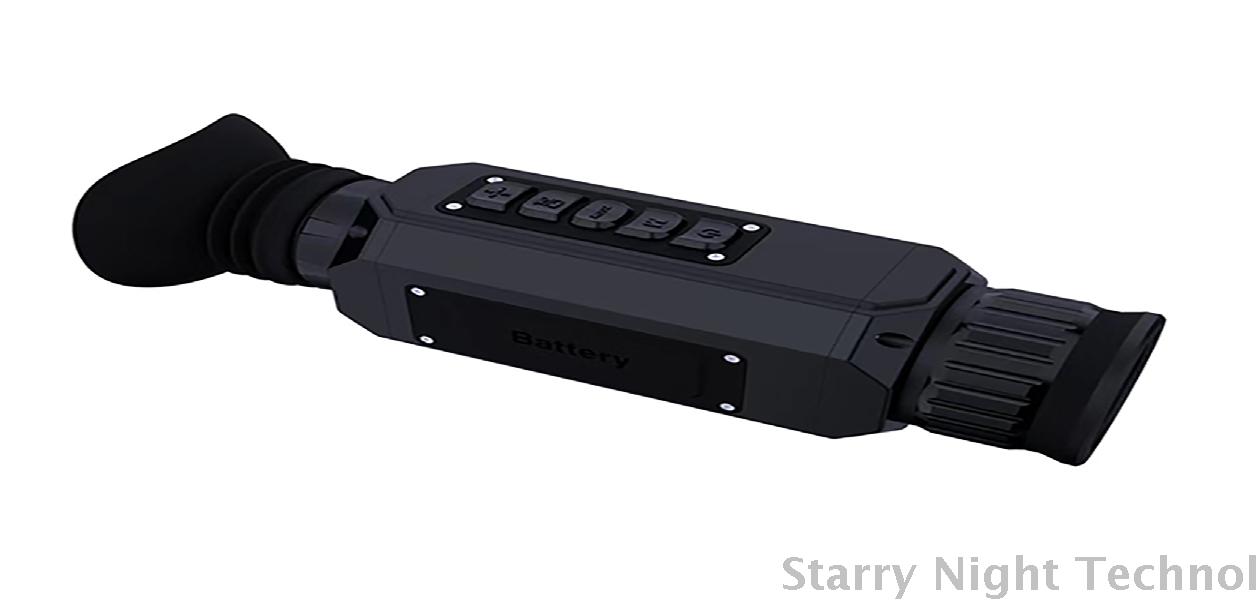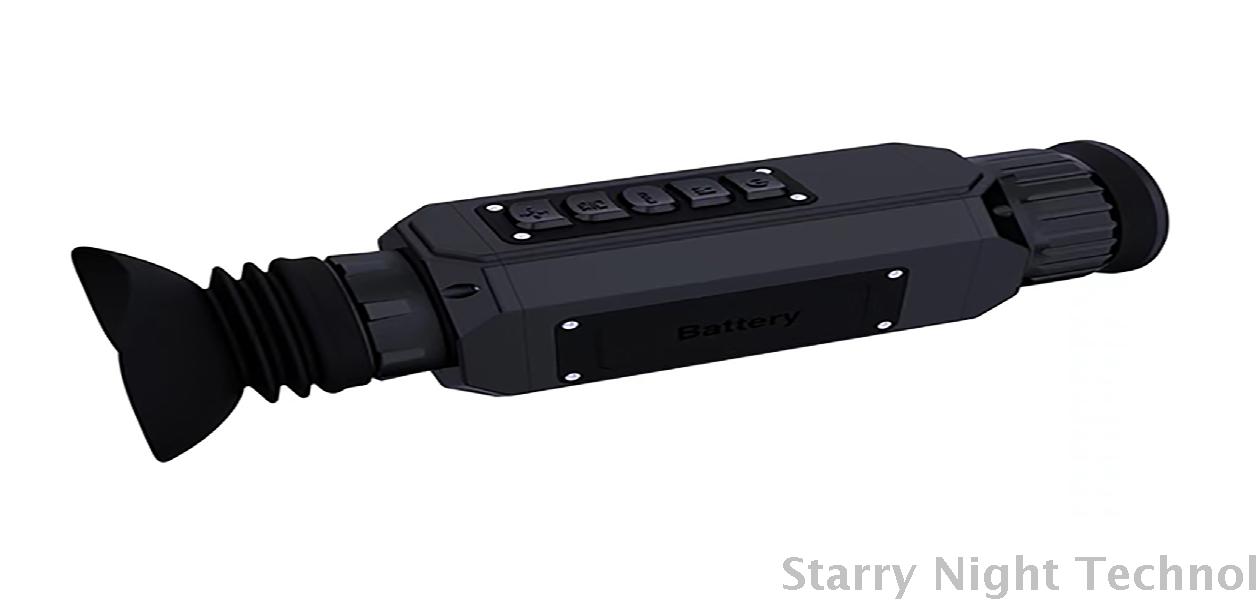Defender of Dark Spaces: Sentinel of IR Light
1726556417000

In an age where advanced technology is gradually merging with daily life, one of the unsung heroes of modern innovation rests quietly in the realm of invisible light—infrared (IR) technology. While we often herald visible light as the bedrock of photography and communication, it is the sentinel of IR light that emerges as a defender of dark spaces. From security systems to night vision equipment, thermal imaging cameras, and even remote controls, the utilization of IR light has transformed how we navigate and safeguard our surroundings.
### Understanding Infrared Light
Infrared light is part of the electromagnetic spectrum, lying just beyond the realm of visible light, typically ranging from 700 nanometers to 1 millimeter. Its uniqueness stems from its ability to penetrate various materials and its significant thermal properties, as it is emitted by all objects based on their temperature. The human eye cannot perceive IR light, but its applications are vast and impactful.
### The Role of IR in Security Systems
As urban landscapes grow increasingly complex, the importance of security systems becomes ever more paramount. Infrared technology offers a robust solution to nighttime surveillance. Traditional security cameras struggle under low-light conditions, but those equipped with IR capabilities excel in the dark, capturing detailed images without the need for visible light.
IR cameras operate using two primary methods: active and passive infrared. Active systems utilize IR illuminators to emit light that reflects off targets, while passive systems detect emitted heat from objects or individuals. The latter, known as thermal imaging, is particularly beneficial for spotting intruders or monitoring wildlife, as it can 'see' in total darkness without giving away the observer’s position.
### Thermal Imaging: Making the Invisible Visible
Thermal imaging has gained traction in various fields, including law enforcement, firefighting, and even medical diagnostics. By visualizing the heat emitted from objects, thermal cameras provide vital information otherwise imperceptible to the naked eye. In firefighting, crews can detect hotspots in a burning building, allowing for effective and targeted firefighting efforts. This capability not only enhances efficiency but also helps to protect lives.
In the medical domain, infrared imaging serves as a non-invasive modality to detect fevers or assess inflammation. By highlighting temperature differences on the skin’s surface, healthcare professionals can quickly identify areas of concern without intrusive procedures.
 The history of infrared technology is deeply rooted in military applications, as the ability to operate in darkness provides a significant tactical advantage. Night vision goggles and devices enhance soldiers’ capabilities by amplifying existing light or using thermal imaging to detect heat signatures. This technology allows for strategic planning and execution during nocturnal operations, providing insights that are impossible to achieve with standard optics.
The history of infrared technology is deeply rooted in military applications, as the ability to operate in darkness provides a significant tactical advantage. Night vision goggles and devices enhance soldiers’ capabilities by amplifying existing light or using thermal imaging to detect heat signatures. This technology allows for strategic planning and execution during nocturnal operations, providing insights that are impossible to achieve with standard optics.Moreover, the advent of drone technology equipped with IR sensors has revolutionized surveillance strategies. Drones can monitor vast areas, from border patrols to wildlife conservation, capturing data and images that inform ground operations with unprecedented detail.
### Consumer Electronics: Beyond The Professional
Though the initial applications of infrared technology hail from critical fields, its influence stretches into consumer electronics. The ubiquitous remote control, powered by IR emitters, has transformed how we interact with our home entertainment systems. With a simple click, we can command our televisions, air conditioners, and more from across the room—an everyday convenience rooted in the remarkable properties of IR light.
Additionally, the rise of smart home devices has seen the integration of infrared sensors in security systems to detect motion and trigger alarms. This technology offers homeowners a sense of security, creating a seamless interplay between convenience and safety.
### The Challenges Ahead
Despite its advantages, the future of IR technology comes with challenges. Smart thieves have begun to develop tactics to evade infrared detection systems, complicating the security landscape. The sophistication of adversaries means that constant innovation and upgrading of IR systems are essential to maintain effectiveness.
Moreover, as the world becomes increasingly concerned about privacy, the proliferation of surveillance technology powered by IR light raises ethical questions. Striking a balance between safety and individual privacy rights remains a critical discourse, necessitating transparent policies and frameworks that govern the use of such technologies.
### Conclusion
As we journey further into the 21st century, the sentinel of IR light stands firmly at the intersection of safety, technology, and daily life. Whether protecting urban environments, aiding law enforcement, or enhancing personal security systems, infrared technology continues to be a pivotal force in defending dark spaces. Its power lies not only in its capacity to illuminate the invisible but also in inspiring ongoing innovation that enhances our ability to live safely and efficiently in an ever-evolving world. With vigilance and creativity, the future holds limitless possibilities for the defender of dark spaces—in all its unseen glory.
What to buy for night vision device accessoriesStarry Night Technol

